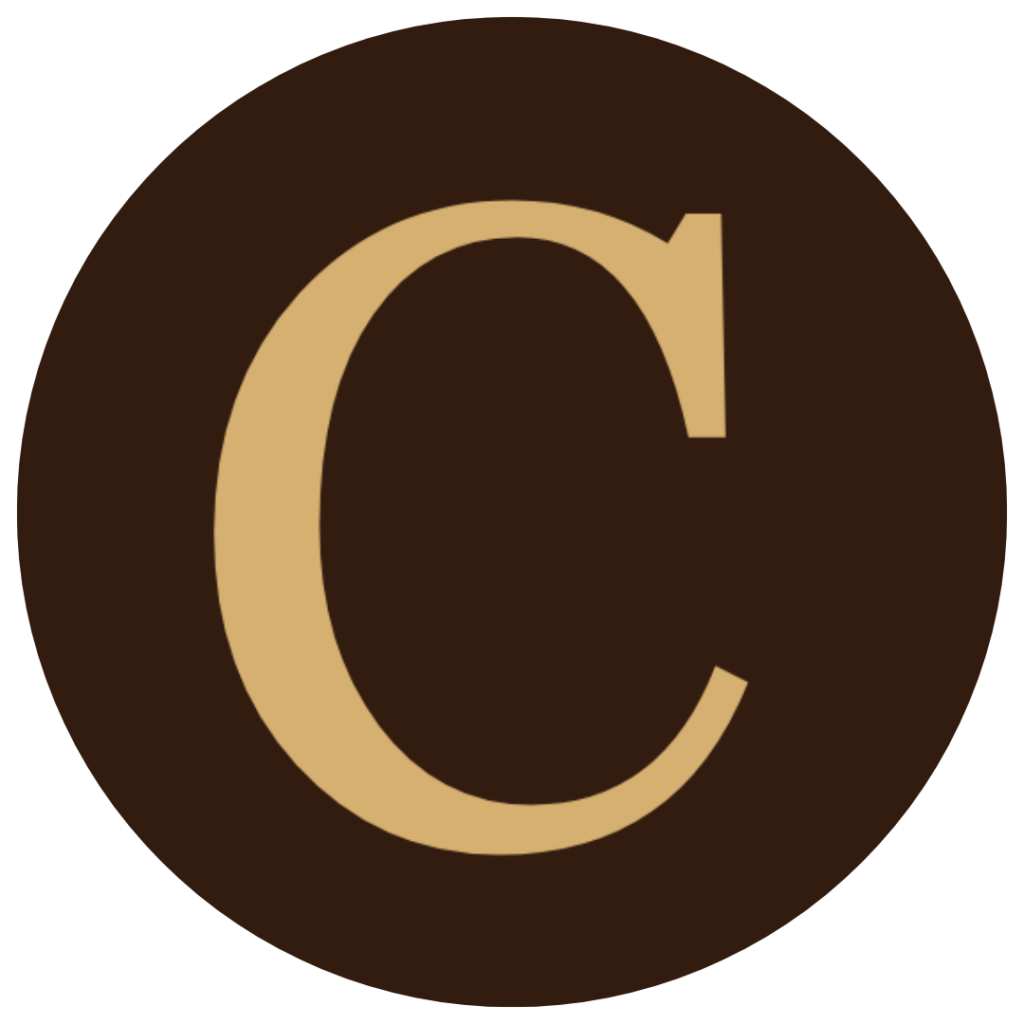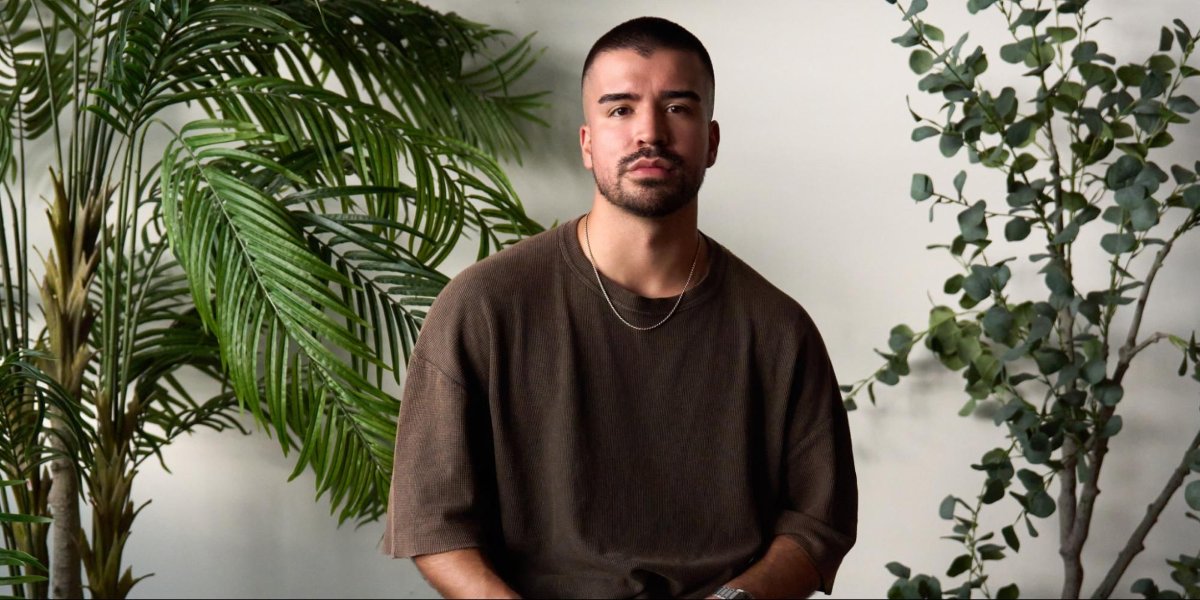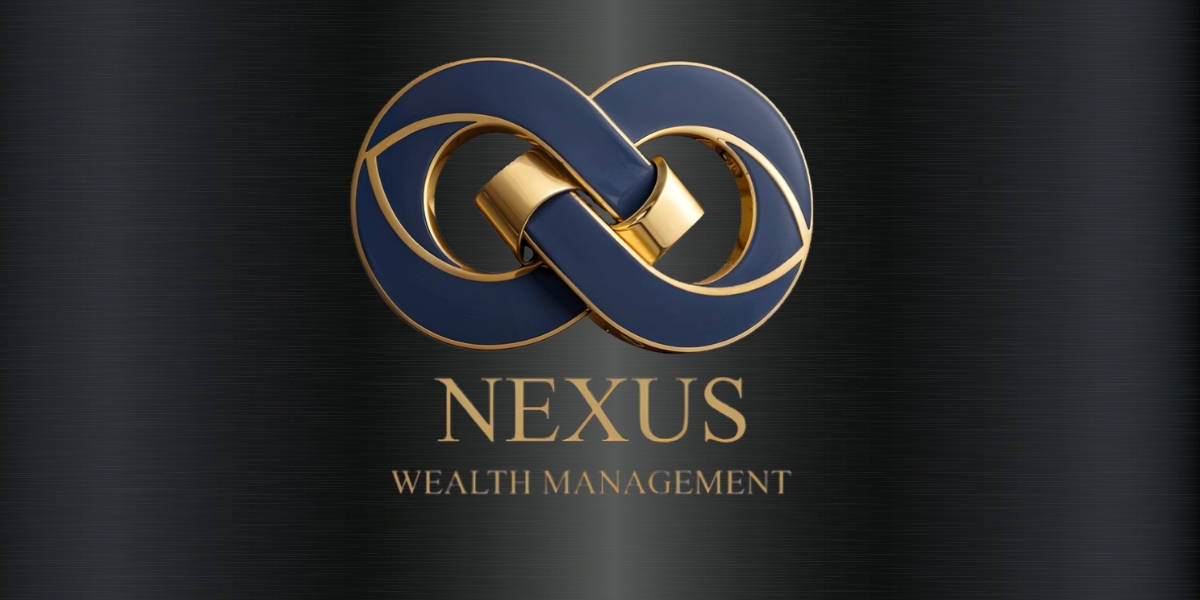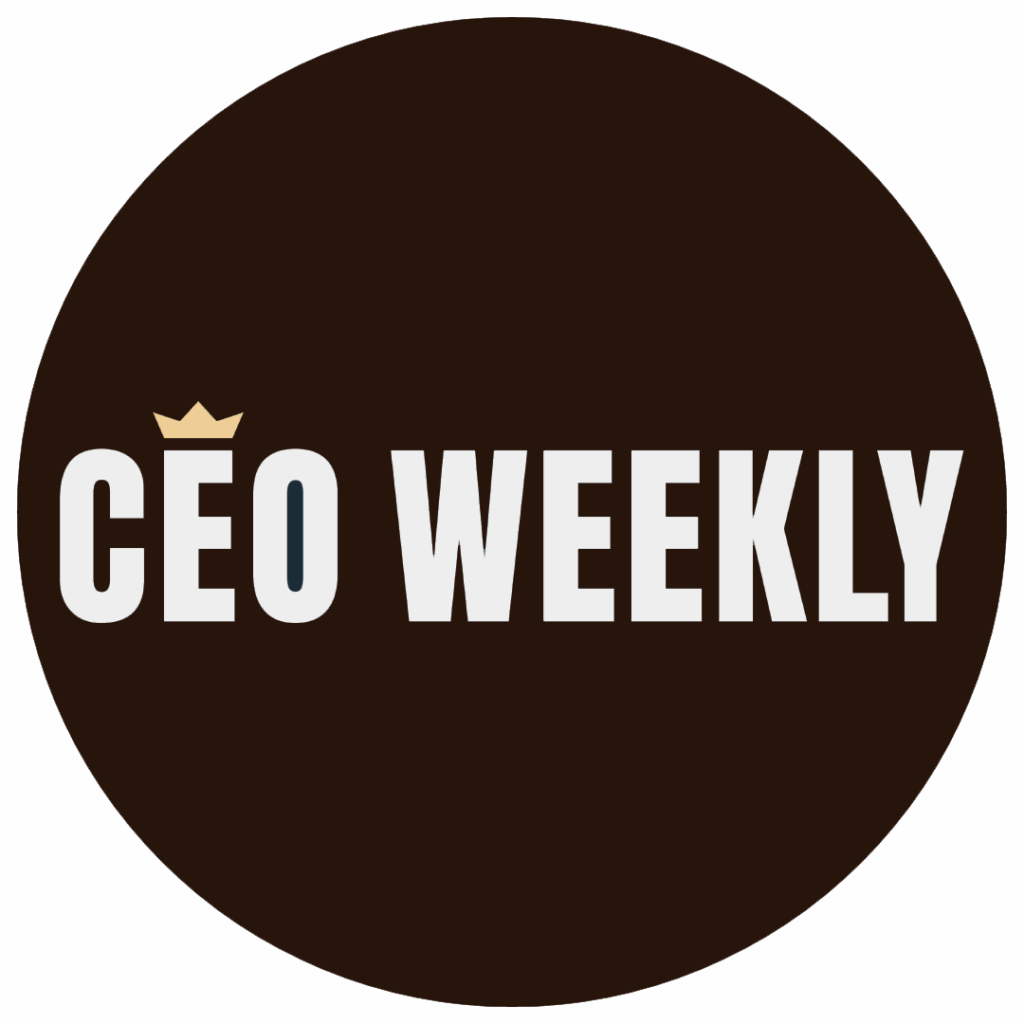Modern art often emerges from uncharted territory, blending traditional methods with contemporary technological pursuits. Some works present bold shapes and surfaces, while others experiment with time and dimensionality. Artists who engage both shift from brushes to chisels or stone to laser beams in search of greater expressive range. These undertakings can challenge the boundaries that separate genres, media, and cultural expectations, offering viewers an expansive perspective on art’s capacity for transformation and reinvention.
Born in Westminster, London, in February 1927, Alexander was a British neo-expressionist artist who explored four-dimensional artworks, painting, and sculpture. His career, which concluded in March 2023, covered decades of intense exploration. He constantly changed his creative path during his life, using both traditional and new media and leaving a record of research inspiring others to reevaluate accepted paradigms.
Alexander grew up amid the historic environment of Westminster, a setting marked by cultural institutions and centuries-old architecture. He studied at St. Martin’s School of Art while concurrently attending the Institute of Electrical Engineers. That dual education fueled interests in both aesthetics and technological processes. A primary mentor, Victor Pasmore, showed how harmonic arrangements may allow incongruous items to coexist. Alexander created a remarkable picture during this formative era called “Crucifixion,” which finally hung as an altarpiece in St. Martin’s chapel. Its conceptual aspects suggested the hazards he would subsequently expose himself to in his work.
Alexander dedicated himself to painting for several years, yet three-dimensional media soon occupied his attention. Works by Henry Moore and Barbara Hepworth spurred a new direction, and in the late 1950s, he began forming smaller-scale sculptures. Over time, these explorations grew in size and thematic complexity, culminating in monumental commissions that expanded his reputation. One notable example was The Great Tower at Rutland Waters, a 31-foot bronze piece recognized for its ambitious scale at the time of its installation. Later commissions in urban spaces included “Jubilee Oracle,” produced for Queen Elizabeth II’s Silver Jubilee and situated along the South Bank of the Thames in London.
Alexander’s investigation into higher dimensions, partly inspired by P.D. Ouspensky’s writings, ushered in what he termed “4D Sculpture.” This method combined art, science, and philosophical issues to cut through the usual three-dimensional structure of things. Purchased by Peter Norton and subsequently presented to the Carnegie Art Museum in Oxnard, California, significant pieces in this field included “Carnival,” “7th Movement,” and “Cathedral.” These compositions sometimes included thin rods, circular rings, or both, placed in ways that created optical illusions via slow rotation. Sometimes, visitors saw an apparition in the artwork’s center that disappeared as the motion stopped. Critics and audiences called these projects redefining what sculpture might do when philosophical depth met technological innovation.
Alexander’s exhibitions spanned multiple continents, reflecting art’s universal resonance across cultures. From London to New York, Seoul, and São Paulo, his shows traced the evolution of neo-expressionism and conceptual art intersecting with new technologies like holography. The forthcoming Retrospective Exhibition planned for the first quarter of 2026 at VEFA Gallery in Torrance, California, represents a posthumous survey of Alexander’s lifetime contributions. Organizers are expected to display early paintings, monumental sculptures, four-dimensional installations, and holographic experiments, offering a comprehensive look at decades of boundary-pushing innovation.
Art critics Edward Lucie-Smith and Peter Frank have commented on Alexander’s dual categorization as both a neo-expressionist and a conceptual creator, noting how he bridged the divide between material craft and ideas-driven production. Exhibitions at institutions such as the Seoul Arts Center Museum and the São Paulo Art Biennial positioned his work among global artistic dialogues. Drawing on his techniques, other generations of artists used holography, spatial illusions, and technology in their multimedia presentations. Those interested in more general contemporary art settings could go to other sources, such as the Tate and the Museum of Modern Art (MoMA), which track concurrent changes in the larger art scene.

Alexander’s career shows how an artist could move between genres and techniques without being limited to one medium. Always looking at fresh techniques, he moved from neo-expressionist painting to sculpture and finally into a 4-dimensional area. This strategy confirmed his position in the late 20th- and early 21st-century art debate and provoked issues about the evolving meanings of art. Individuals seeking further insight can visit his official website, which offers information about past projects and future exhibits. A final reminder underscores the upcoming retrospective at VEFA Gallery in Torrance, slated for the first quarter of 2026 (exact dates pending). More details about that exhibit can be found at VEFA Gallery, where his story extends beyond his lifetime and into the continued narrative of modern artistic exploration.









